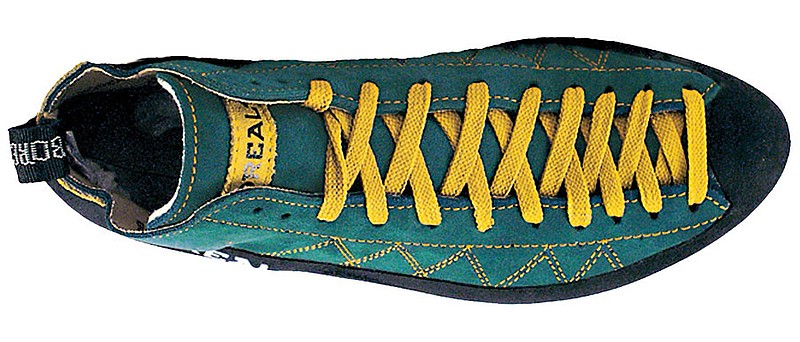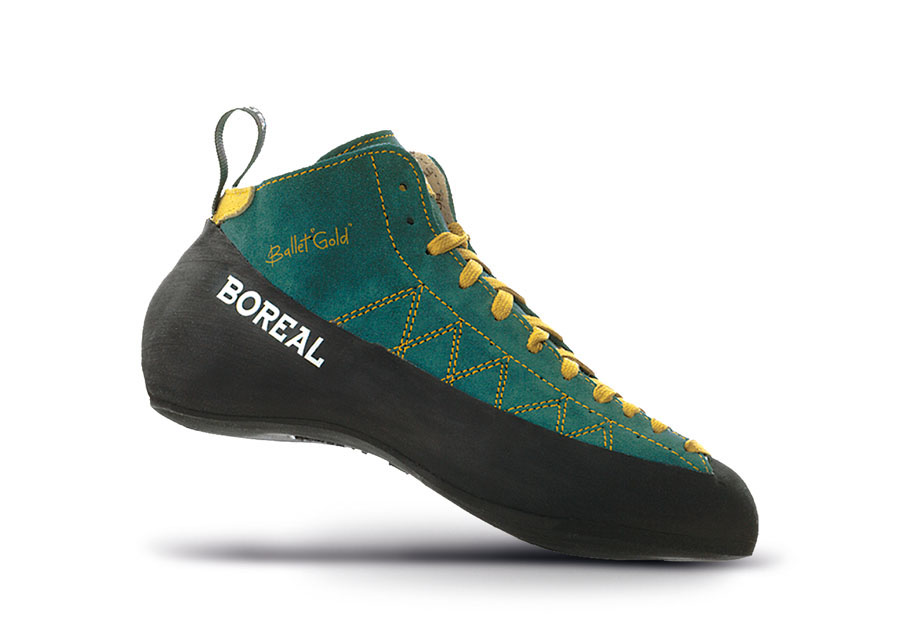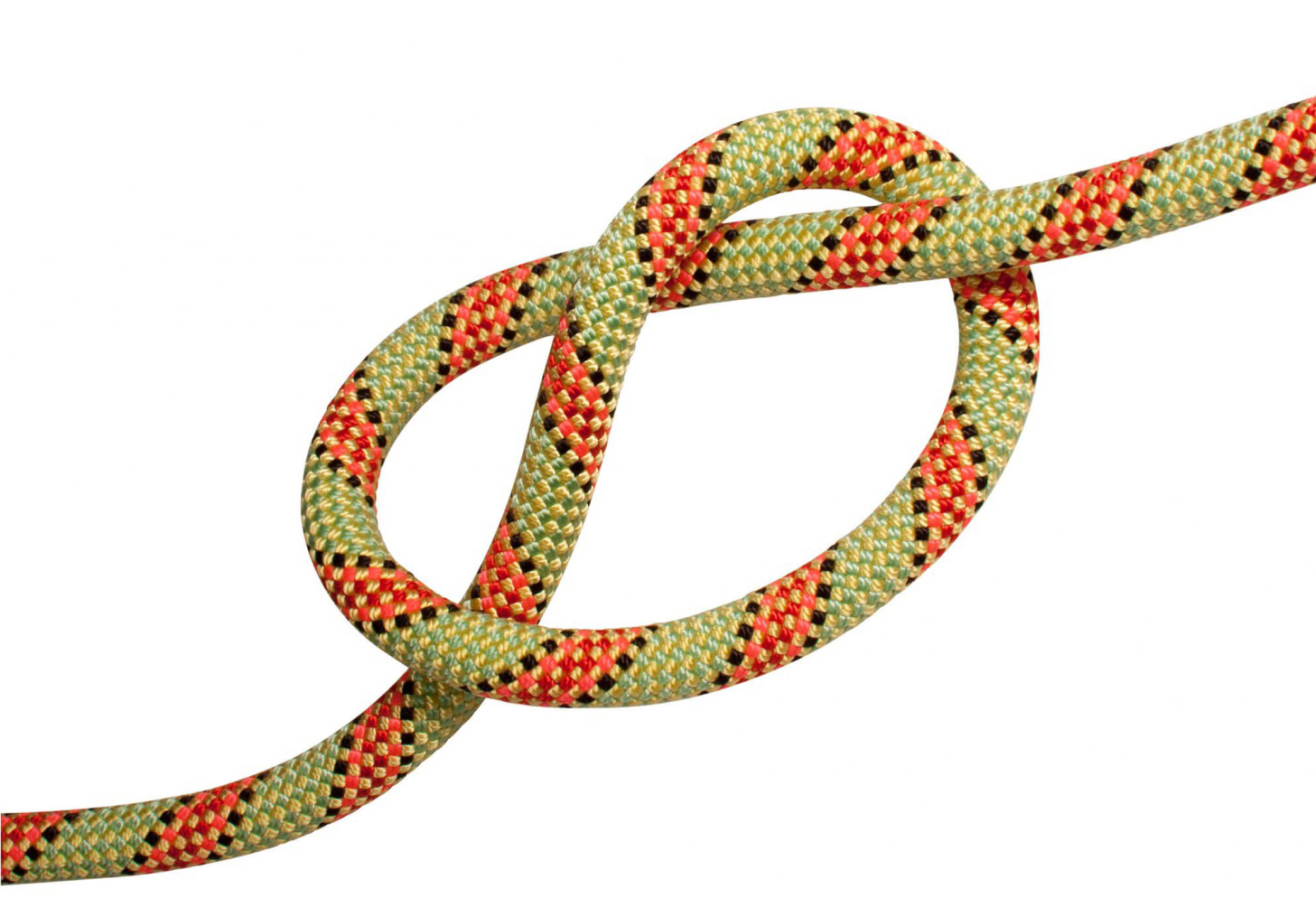John Dorough started climbing Chattanooga's rock walls back in 1995, just before the sport took the city by storm.
Back then, the 41-year-old says, the area's small band of local rock climbers didn't have all the modern innovations that make scaling the region's sandstone as comfortable as it is today. Looking back, he adds, some of their gear even called safety into question.
Regardless, these forerunners climbed on, and the challenges they endured now serve as a testament to their love for the sport.
Dorough drew a few comparisons between today's climbing gear and the tools he and his buddies rocked in order to give us an idea of just how impressive Chattanooga's rock climbing pioneers really were.
» SHOES
Today, climbers can find an endless selection of footwear with downturned toes that help them grip the rock with their feet. In the '80s and '90s, however, Chattanooga's climbers were restricted to board-lasted shoes, whose "brick-like" soles and high-top design made them feel like leather boots, Dorough says. A handful of manufacturers still produce the shoes for their enhanced durability, but Dorough would prefer not to go back to the style, defined by its rigid "last" (undersole), as the stiff shoe left climbers' feet slipping and sliding off the rock when attempting overhangs and slab routes.
» CLOTHING
Modern clothing advancements have made it possible for manufacturers to design technical garments such as pants, fleece, base layers and other apparel that is insulated enough to keep climbers warm yet flexible enough to stretch with their bodies as they maneuver along the wall. Before all the innovations, old-school climbers would often resort to jeans and cotton wear when it was chilly out. The attire lacked breathability and today's quick dry technology - plus we don't have to tell you how uncomfortable it is to attempt a high step or heel hook with denim restricting your movement.
» DYNAMIC ROPE
You wouldn't think rope designs could change too drastically over the last 40 years, yet a simple modification to the age-old tool opened up a whole new world for local climbers. Today, Dorough explains, climbers have access to a variety of rope lengths, with 70 m (230 ft) considered standard for outdoor climbing. Back in his day, however, the standard was 50 m (165 ft). The shorter rope upped the risk factor, he says, as running out of rope while belaying or rappelling is still one of "the biggest dangers of rock climbing." In many cases, the shorter rope also restricted climbers from scaling higher and linking multiple pitches together, a practice that speeds up the climb and provides additional rope on decent but requires at least 70 m of rope to perform, in most cases.
» METAL EQUIPMENT
Efforts to make equipment like carabiners, ascenders and descenders more lightweight had begun long before Dorough stepped into the climbing scene, but his generation still had a heavier load to carry than we do now. The last decade alone has seen gear become lighter and slimmer, and though some pieces may have only shed 2 or 3 ounces, Dorough says the weight difference can really add up when climbers have 25-30 carabiners on their person.


